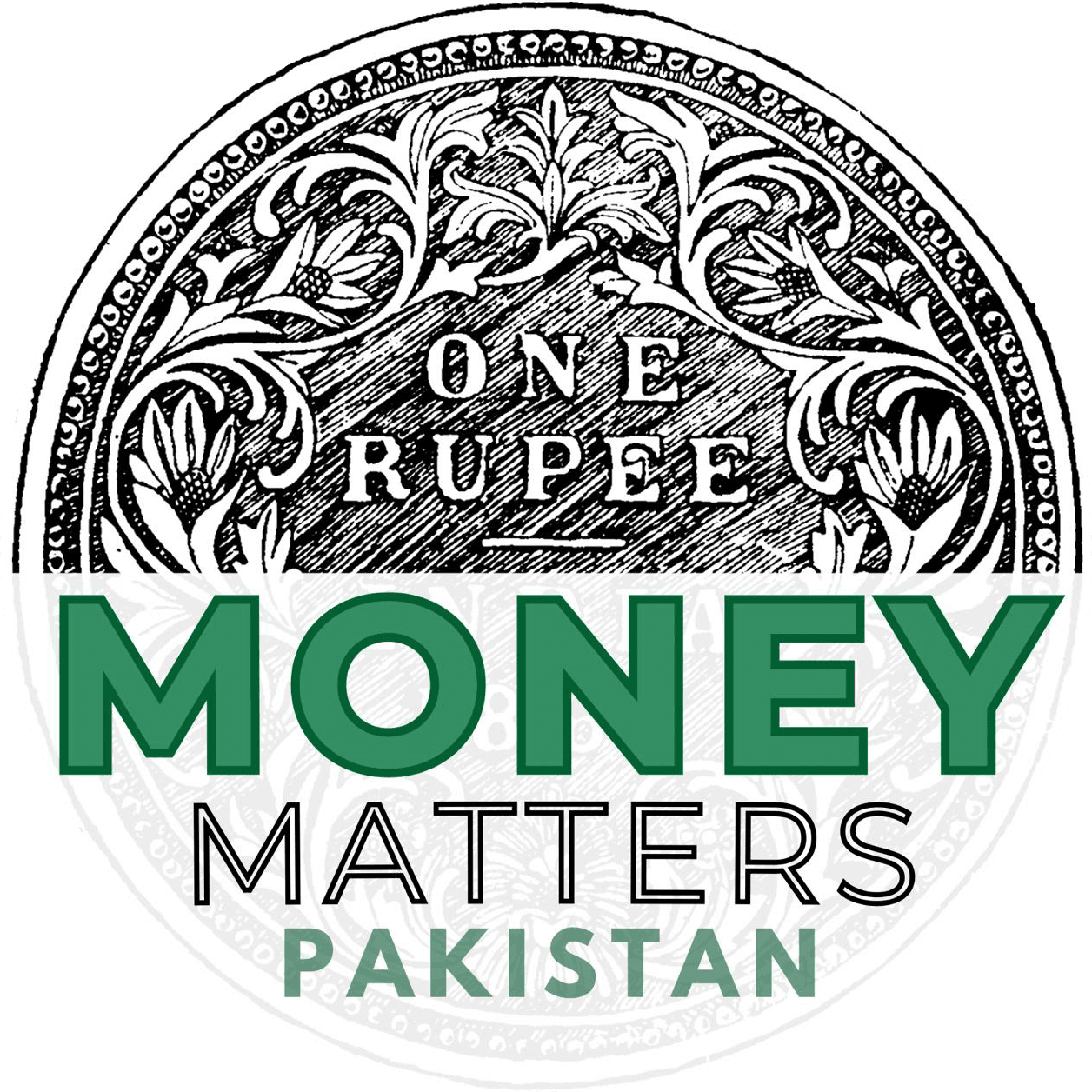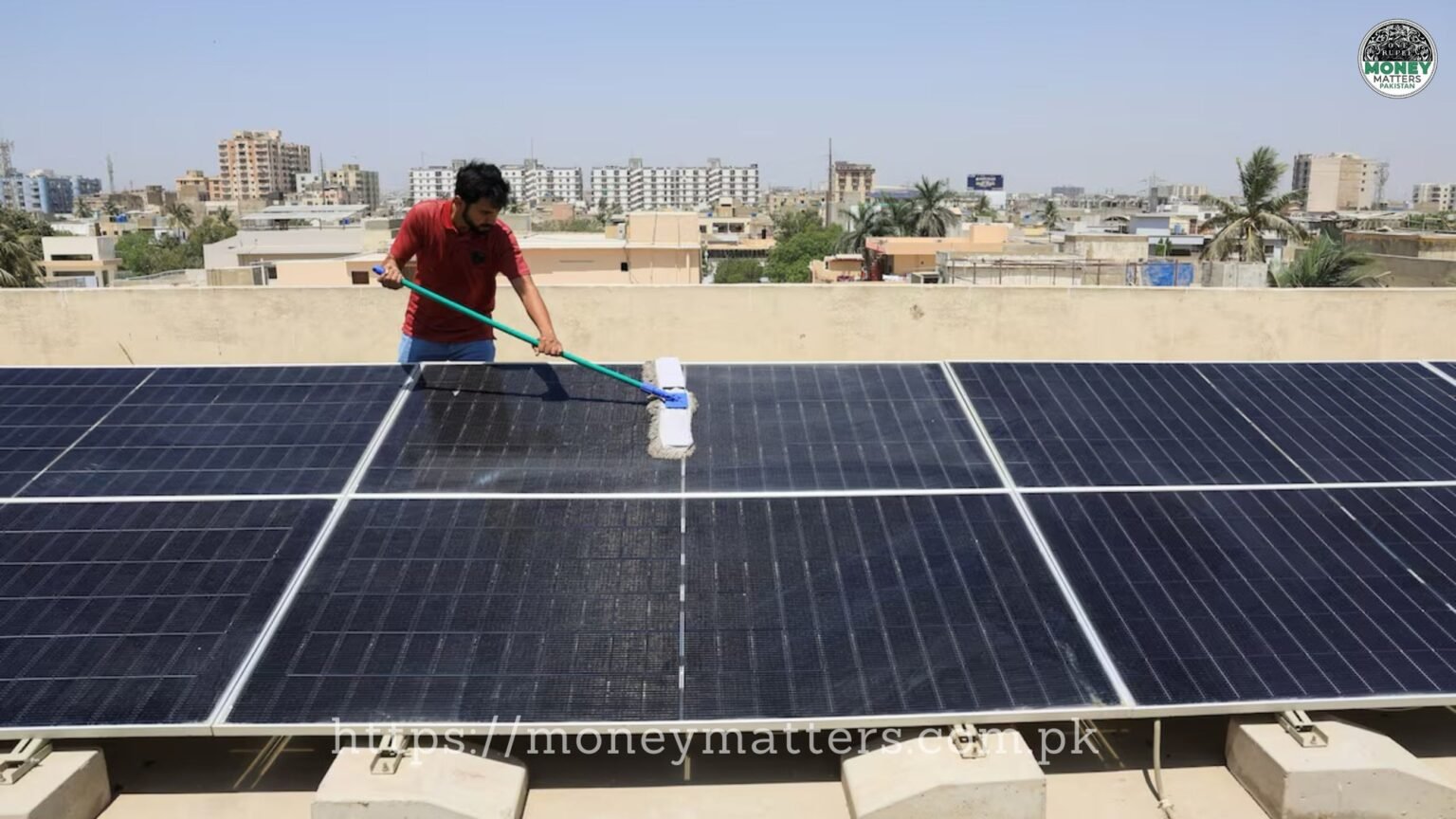Rising Electricity Costs Drive Shift to Solar, but Policy Changes and Affordability Remain Key Concerns
Key Takeaways:
i) Increased electricity costs and frequent power outages are driving middle-class families in Pakistan to adopt solar energy solutions to gain energy independence and reduce expenses.
ii) Recent policy revisions, including reduced buyback rates for surplus solar electricity, are creating financial challenges for existing and potential solar users.
iii) While solar energy offers long-term savings, the high upfront costs and fluctuating prices of solar panels remain a barrier for many middle-income households.
Money Matters Monitoring – Recent reports highlight the growing trend of solar energy adoption among Pakistan’s middle class, driven by rising electricity costs and persistent power outages. However, policy changes and affordability concerns present ongoing challenges.
Several sources indicate that Pakistani families are increasingly turning to solar panels to reduce their reliance on the national grid and lower their monthly electricity bills. Best Solar Panels In Pakistan For Middle Class 2025
notes that solar panels are seen as a “smart move” for the middle class, offering a reliable alternative to traditional energy sources. Role of Solar Panels in Uplifting Pakistan’s Middle-Class Lifestyle – Maxpower emphasizes the “economic empowerment through energy independence” that solar panels provide.
However, a recent policy shift is creating financial headwinds for solar users. According to Solar users face higher costs as policy revised – Pakistan, the government has significantly reduced the rate at which power companies purchase surplus solar electricity from consumers. This change means that solar users will now sell their excess power at a much lower rate than they buy electricity from the grid. This policy revision has sparked concerns that it will disproportionately affect middle-class consumers who invested in solar energy to reduce their expenses.
Despite the long-term savings potential, the initial cost of installing solar panels remains a significant hurdle for many middle-income families. Reports indicate that the price of solar equipment has fluctuated considerably in recent years, influenced by factors such as import levies and currency depreciation. Power bill gloom fuels solar boom notes that fluctuating prices have made it difficult for middle-class households to afford solar panels.
While solar energy offers a promising path towards a sustainable and cost-effective energy future for Pakistan, supportive policies and financial incentives are crucial to ensure that the middle class can fully benefit from this technology.




